Echoes of Ancient Lands
Church of Saint Cajetan Old Goa
Mother Masala Tours
Sacred Spaces
Church of Saint Cajetan Old Goa, India A monumental representation of faith and European Renaissance influence, constructed during the height of Portuguese colonial rule. Originally named the Church of Our Lady of Divine Providence, this extraordinary structure was completed in 1661 by the Italian friars of the Theatine Order. These friars, led by Dom Pietro de Avitabile and supported by permission from Pope Urban VIII, were entrusted with spreading Christianity in India. The church was built near the Mandovi River, approximately 10 kilometers from Panaji, on land acquired by the friars in 1655, marking the beginning of its construction.
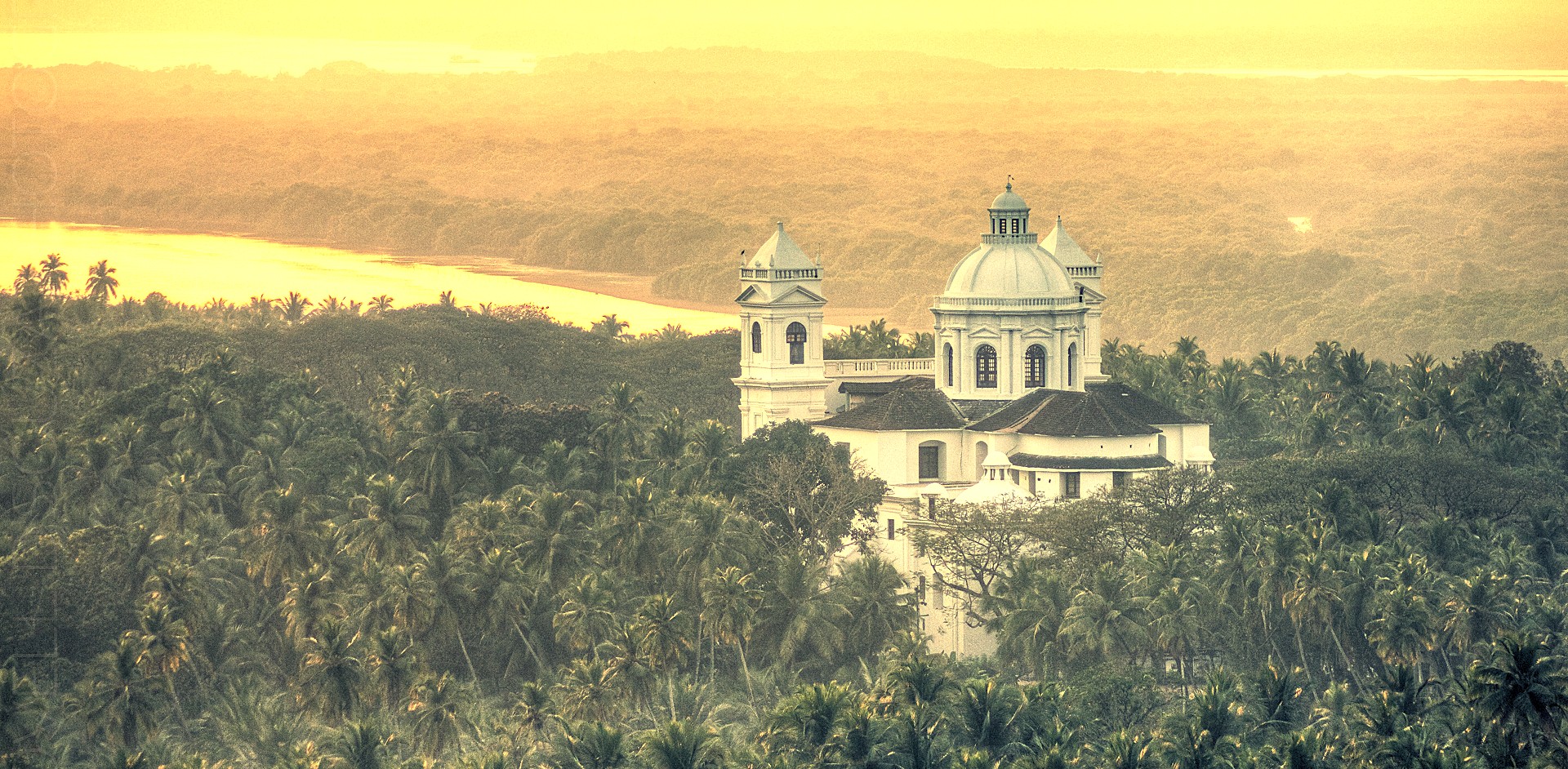
Church of Saint Cajetan Old Goa: The Theatine Order
Officially known as the Congregation of Clerics Regular of the Divine Providence, is a Roman Catholic religious order. It was founded in 1524 by Saint Cajetan (Gaetano dei Conti di Thiene) and Gian Pietro Carafa (the future Pope Paul IV), along with three other men in Rome. The order was established during a time of great upheaval within the Catholic Church, as part of the counter-reformation movement aimed at renewing the church, combating corruption, and promoting piety. The Theatines emphasized a return to the early practices of Christian life, focusing on humility, simplicity, and charity.
Timeless Artifacts
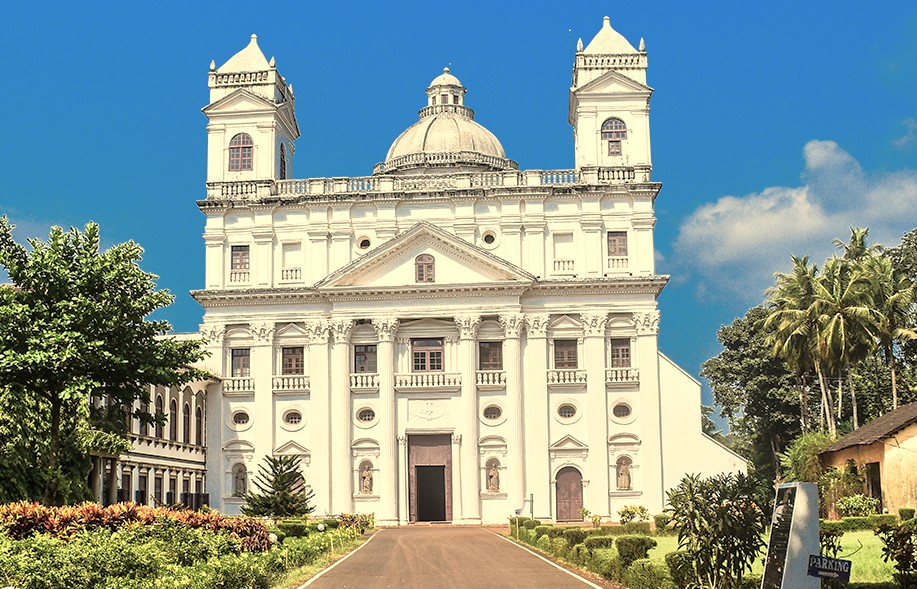
Constructed using grey laterite stone blocks, the structure of the Church was built to ensure durability. Its interiors are reflective of its Italian influence, displaying intricate paintings and embellishments. The altars inside the church are dedicated to several saints, with the central altar devoted to Our Lady of Divine Providence. Other altars honor saints such as St. Cajetan, St. Agnes, and the Holy Family, forming sacred spaces of worship beloved by devotees. Every element - from the fixtures to the paintings - brings forth the reverence of the era.
Ancient Mosaics: Impeccable Craftsmanship
The intricate workmanship that went into the Church is evident across its gilded altars and domed ceilings. The Corinthian-style columns, inspired by European traditions, were constructed with lime plaster and finely carved embellishments. The grand dome is inscribed with verses from the biblical Gospel of Matthew, Chapter 6:33, adding a spiritual depth that echoes through its arches. The interplay of light and shadow against these carvings creates geometric mosaics that captivate us even today. The interiors boast elaborate frescos detailing scenes from the life of St. Cajetan, whose name was later given to the church.
The Pulse of the Local Community

The Church of St. Cajetan stands quietly among trees and open spaces in Goa, drawing people from nearby villages each day. Local Goan Catholic families maintain ties to this place across many generations, often sharing stories as they walk through its doors. Simple traditions continue here, with candles lit and songs sung at times marked by the church calendar. Outside, small shops and food stalls line the pathway, offering handmade items and fresh meals to anyone passing by. Children play near stone steps while elders talk in small groups under shade.
Festivals of Devotion: Honouring the Sacred and the Divine
Church of Saint Cajetan Old Goa. The feast of Church of St. Cajetan Goa, is celebrated annually on August 7, gathers devotees in quiet reverence and prayer. The nine days leading to this feast, known as the Novena, fill the church with chants that echo through its domed interiors. Dedication to Our Lady of Divine Providence, to whom the central altar is devoted, is deeply interwoven into local festivities as well.
The Connection with the Gods
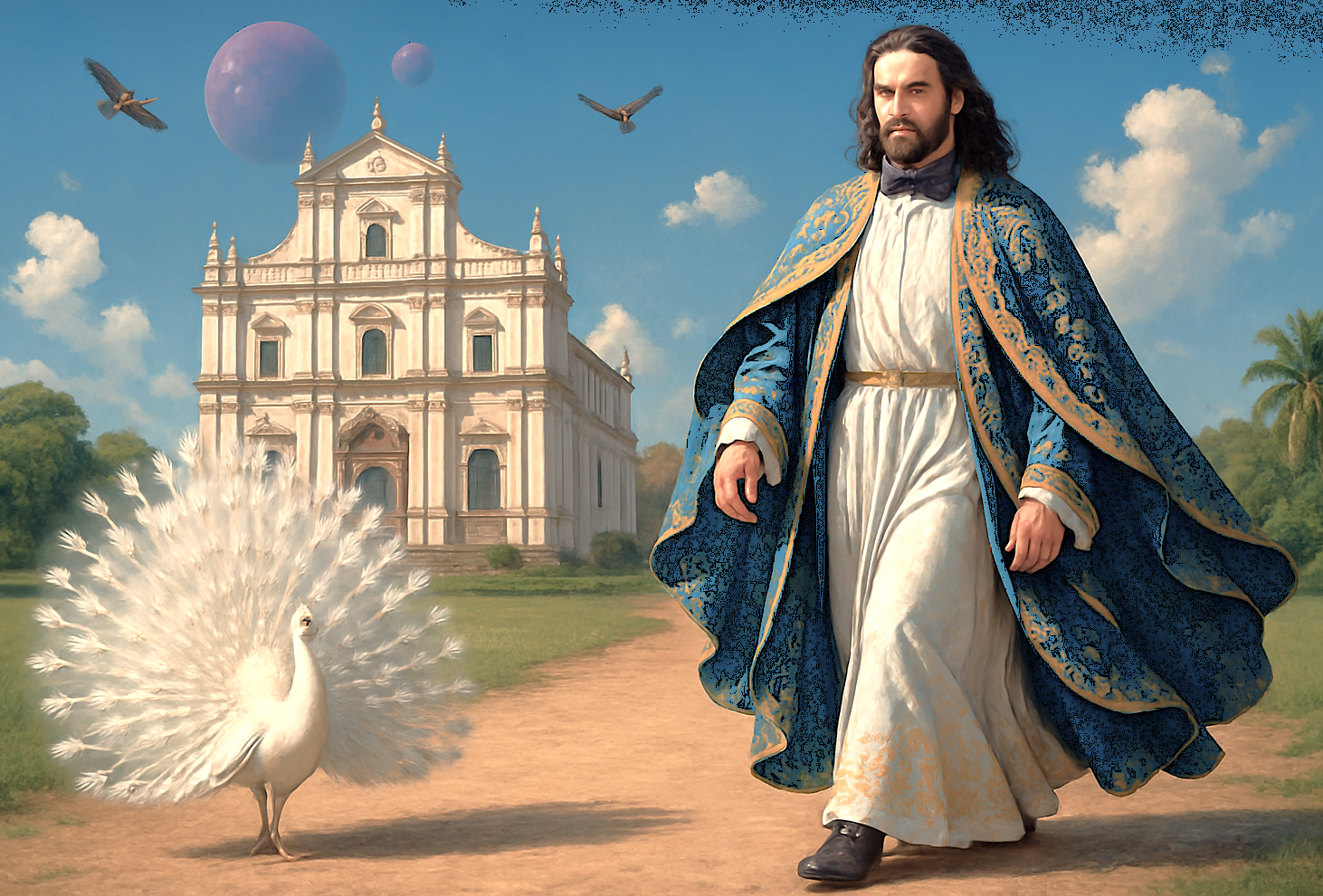
The Church was named after Saint Cajetan, a 16th-century Italian priest and founder of the Theatine Order. His teachings led to the establishment of this sacred sanctuary. Central to the church’s origins is the Theatine motto, “Seek ye first the Kingdom of God, and all things shall be added unto you.” This phrase, inscribed in Latin under its vast dome, remains an ode to its devotional aspirations. The central altar reflects the human connection to the spiritual, combining reverence for divine presence with artistic energy aimed at uplifting anyone who enters.
Ancient Technologies: Sound, Sacred Geometry & Astrological Influences
The sound acoustics were carefully planned during its construction. The dome allows for the amplification of hymns, filling the space with a balanced sound that adds to its divine atmosphere. Designed in the form of a Greek cross, the geometry is symbolic of balance and spiritual unity in Renaissance architecture. Materials such as laterite stone and lime were selected for their strength and natural cooling properties, creating a temperature-controlled environment suited to Goa’s warm climate.
Serendipitous Meetings: Beyond the Main Path
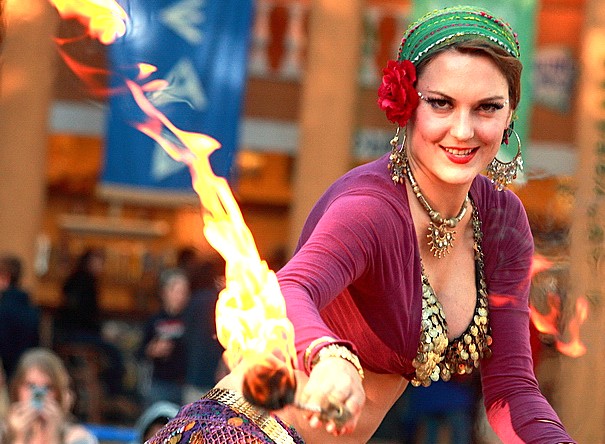
Venturing beyond the main path, exploration around the grand churches of Old Goa reveals fascinating ruins believed to be the last remnants of Adil Shah’s palace. This discovery provides a tangible link to Goa's pre-Portuguese history, right in the heart of its Christian epicenter. These stones are powerful storytellers, blending the complex historical narratives of the Hindu, Islamicate, and Christian empires that successively shaped Goa's unique trajectory. It is precisely these smaller, often-overlooked discoveries—a foundation here, a fragmented wall there—that anchor us to the region’s deeply layered identity.
Urban Legends: Strange Sightings, Myths, and Mysteries
Church of Saint Cajetan Old Goa. The Gateway of the Sultan's Palace: While a historical fact, this story functions as a powerful founding legend for the site. Just outside the church compound stands an arched basalt gateway. This arch is all that remains of the grand palace of Adil Shah, the Muslim ruler of Bijapur whom the Portuguese defeated. The legend is that the church was deliberately built on the ruins of the sultan's palace, a powerful symbolic act of conquest and the replacement of one empire's power with another.
Resilience and Renewal: Overcoming Adversity’s Challenges
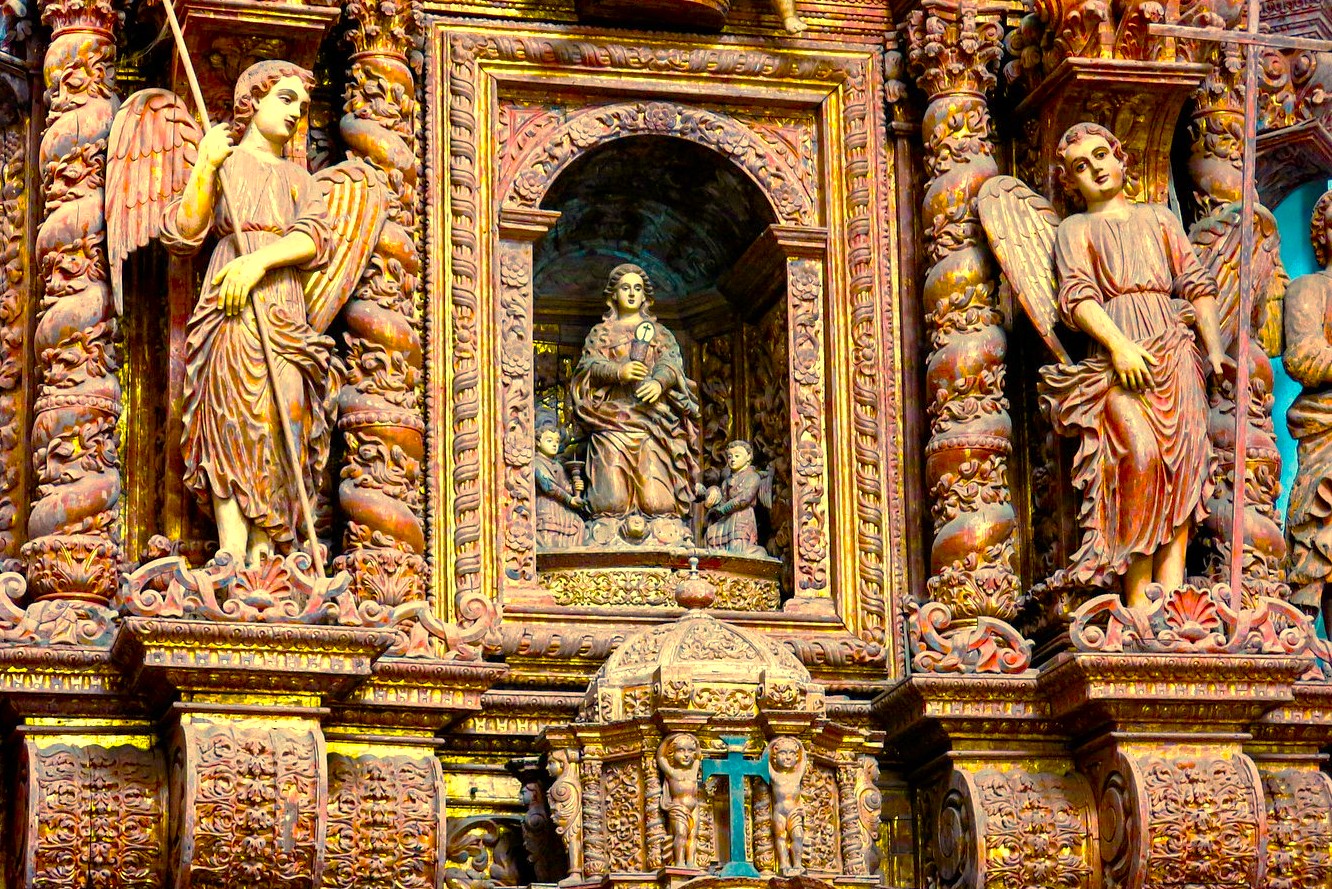
St. Cajetan was completed in 1661 during Goa's colonial era, which altered its original purpose over time. The church stands beautifully preserved while the Theatine Order's influence faded amid regional political changes. This space evolved into an area of reflection instead of its planned missionary function. The architecture remains largely unchanged by modern developments. Local communities have maintained this structure through decades of care. Unesco recognized St. Cajetan as a World Heritage Site, helping preserve its historical significance.
A Culinary Journey: Savor the Flavour
The area around the church introduces us to traditional Goan flavors enriched by Portuguese culinary influence. Seafood, especially prepared with tamarind curry and coconut milk, remains a key dish in the surrounding region. Prawn balchão, spiced with vinegar and red chilies, reflects Portuguese techniques blended with local ingredients. Portuguese bread, known as poi, is often served alongside freshly prepared curries. Desserts such as bibik (layered coconut cake) continue to be widely cherished, serving as sweet reminders of Goa’s Catholic heritage.
Let’s Do This - Adventure Is Waiting
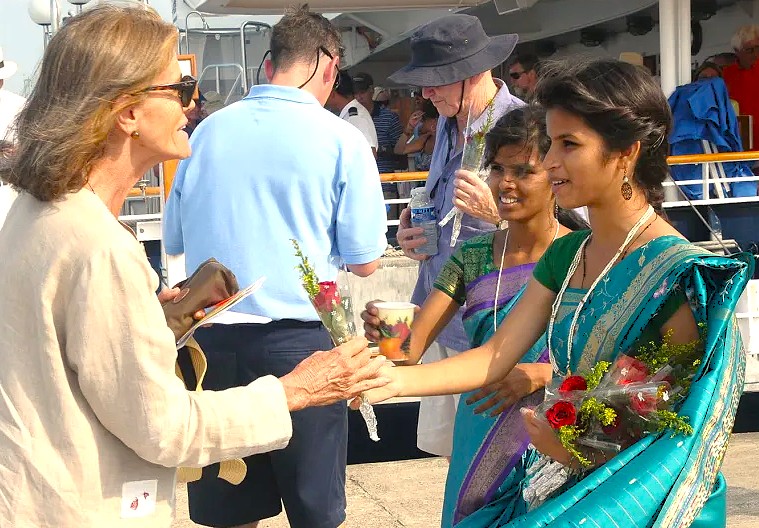
As we enter St. Cajetan Church in Goa, the grand Corinthian columns welcome everyone into this historic space. The massive dome rises above while the Latin inscriptions tell stories from centuries ago. The church interior remains quiet throughout the day, offering a calm atmosphere away from busy streets. Light filters through carefully designed windows, illuminating the detailed craftsmanship on walls and altars. The architecture follows European styles with local influences that create a unique appearance. Many come to admire the technical skill behind this structure built in the 1600s.
Symphony of Generosity: Offerings from Wanderers to Residents
Church of Saint Cajetan Old Goa. The Church of St. Cajetan inspires a culture of shared stewardship, with both its residents and travelers contributing to its upkeep. Through storytelling, preservation, and prayer, this sanctuary bridges the gap between past and present. Its enduring spirit lifts us as we walk side by side in the legacy it preserves.